Fieldwork
This listing expired on April 15, 2022. Please contact jrhurtubise@crimson.ua.edu for any updated information.
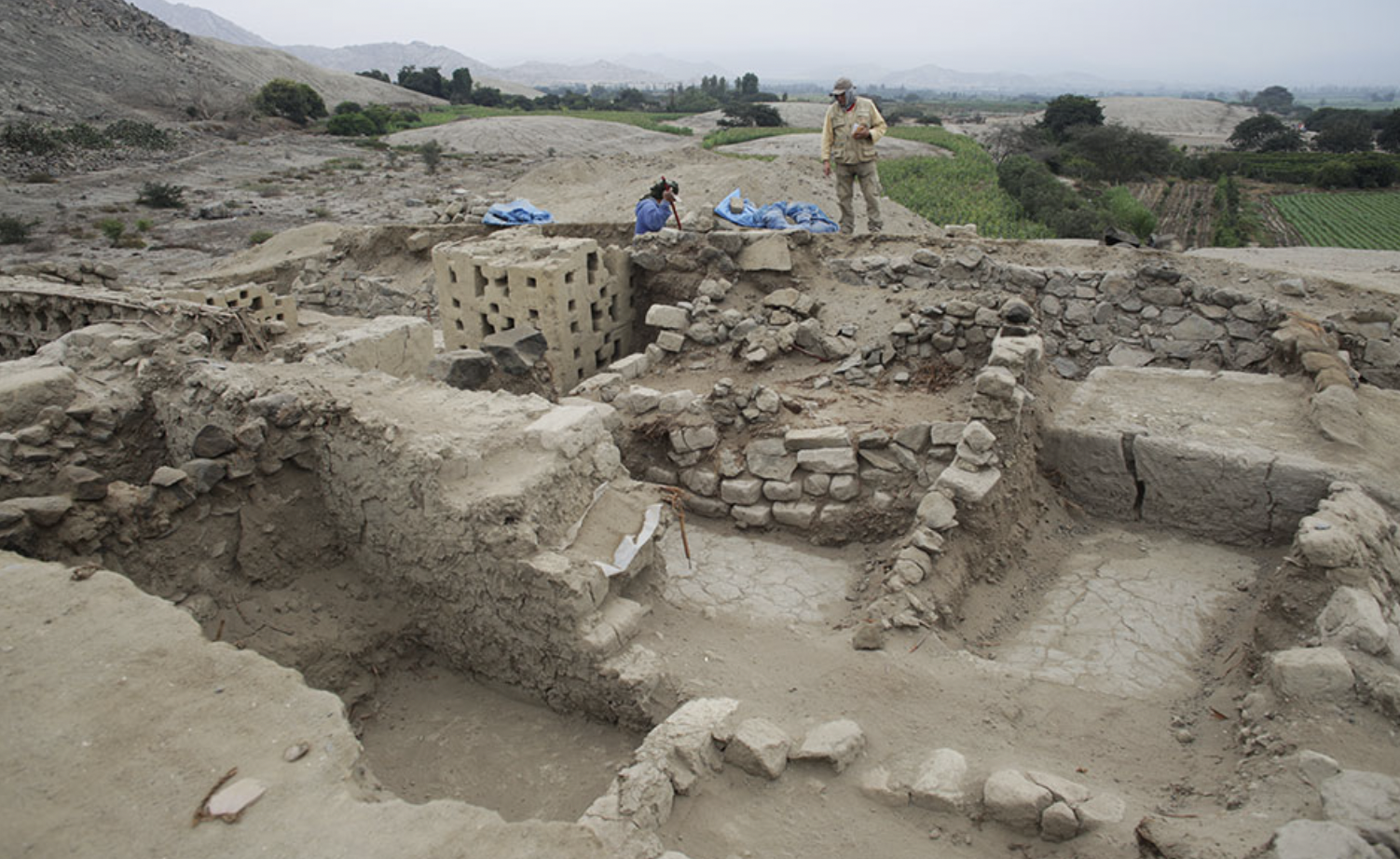
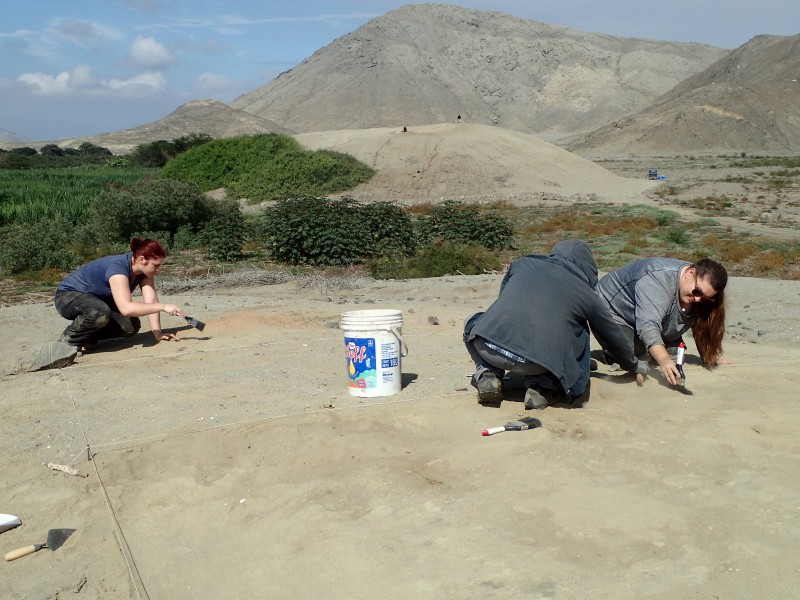
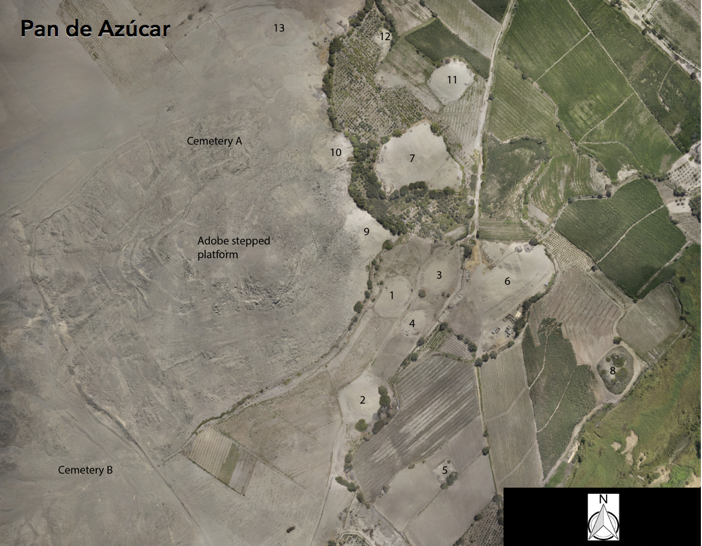
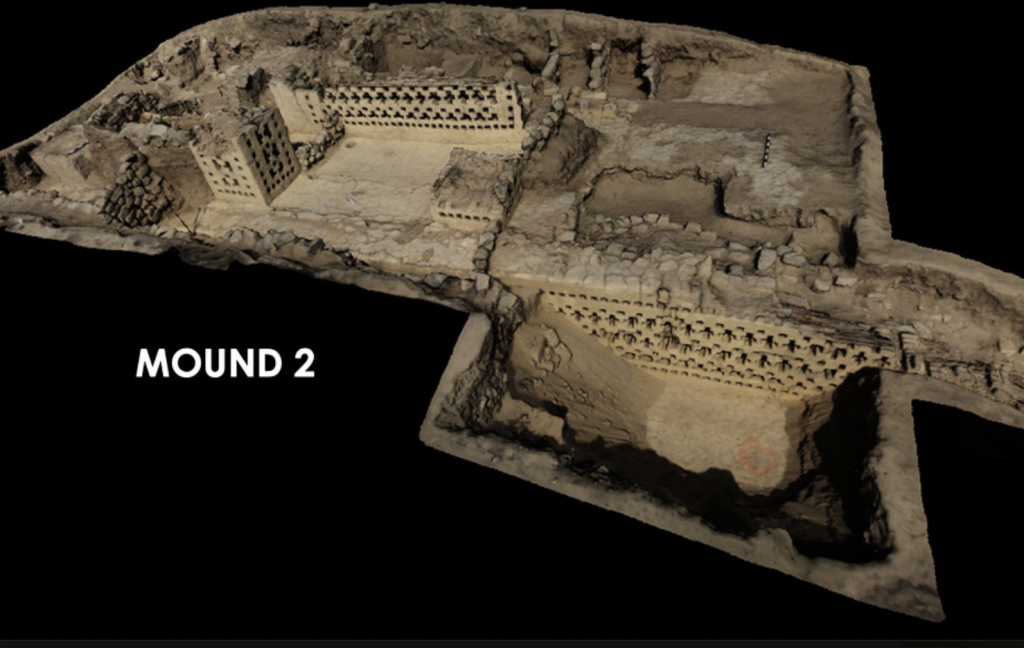
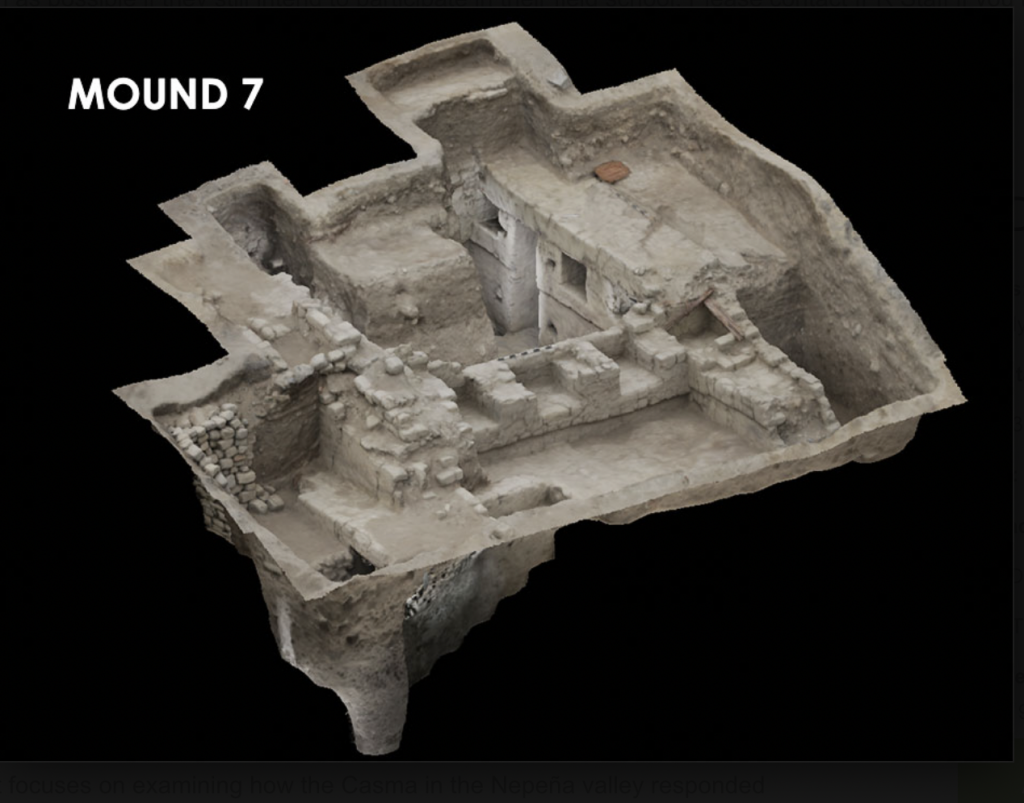
Location: Nepeña, AN, PE
Season: June 4, 2022 to July 30, 2022
Session Dates: Session 1: June 4 - July 2 Session 2: July 2 - July 30 (We are filling up fast! We have some more spots for both sessions!)
Application Deadline: April 1, 2022
Deadline Type: Exact Date
Website: https://ifrglobal.org/program/peru-piapan/
Program Type:
Field School
RPA Certified:
No
Affiliation:
Institute for Field Research
University of Alabama
Pre Colombian Art at the Montreal Museum of Fine Arts
Connecticut College
Project Director:
Jenna Hurtubise (Ph.D Candidate at the University of Alabama)
Dr. Erell Hubert (Pre Colombian Art at the Montreal Museum of Fine Arts)
Project Description:
This marks the third season of the Pan de Azucár de Nepeña Project! Pan de Azucár de Nepeña is located in the Nepeña Valley on the Peruvian North Coast. The site was occupied during the Middle Horizon (AD 700-1000) and Late Intermediate Period (AD 1000-1400) by the prehispanic culture, the Casma. The site consists of a large fortified hill that is topped with an adobe stepped platform and is surounded by 13 mounds, several cemeteries and a spanning necropolis. The necropolis covers the adjacent Early Horizon (800 – 0BC) ruins of Caylán. Around AD 1350, the Casma at Pan de Azucár de Nepeña were conquered by the Chimú, a large militaristic state society that was centralized further up the coast in the Moche Valley. Research at other Casma settlements show differential experiences between the Casma and Chimú, from abandonment to resistance. Based on the two previous field seasons (2017 and 2018) it is clear the Casma culturally persisted despite conquest. The goal of this project is further investigate the site to understand the Casma occupation and their interaction with the Chimú over time. Excavations will take place on the mounds, which have buried elite architecture in them and in one of the cemeteries. During this season you will get the chance to discover elite Casma and Chimú material culture and architecture, and gain experience in excavating disturbed human remains. You will also gain experience in the laboratory conducting basic botanical, faunal, ceramic, and skeletal analysis.
We will be staying in a nice house in the small town of Nepeña, where we are only 30 minutes away from the city of Chimbote. You will get the chance to experience Peruvian culture and their wonderful cuisine. On weekends we will be going on field trips, including one overnight stay at the beach town Huanchaco where we will visit the amazing sites of Chan Chan and Huacas de Moche.
If you are interested please visit: https://ifrglobal.org/program/peru-piapan/
Applications are now open and spots are filling up fast!
Period(s) of Occupation: Middle Horizon and Late Intermediate Period
Notes:
This project allows you to excavate elite architecture and uncover elite Casma and Chimu material culture from monumental mounds as well as excavate in a cemetery. You will gain excavation experience and knowledge in basic botanical, faunal, ceramic, and skeletal analysis.
Project Size: 1-24 participants
Minimum Length of Stay for Volunteers: 4 weeks
Minimum Age: 18
Experience Required: No experience is required.
Room and Board Arrangements:
We will be living in a house where students will share bedrooms. There will be a kitchen equipped with a refrigerator and stove. There also will be bathrooms with showers and hot water.
Cost: $3870
This covers all in country travel, accommodations, food (not on Sundays), and field trips (including a field trip to go see Chan Chan and Huacas de Moche). It does not cover your flight to Peru.
Academic Credit:
Yes (6 semester credit units). There is an option to not take the field school for credits and you receive a $300 discount
Jenna Hurtubise
Department of Anthropology The University of Alabama Box 870210
Tuscaloosa
AL
35487-0210
United States
Phone: 2255726804
The AIA is North America's largest and oldest nonprofit organization dedicated to archaeology. The Institute advances awareness, education, fieldwork, preservation, publication, and research of archaeological sites and cultural heritage throughout the world. Your contribution makes a difference.
Notifications